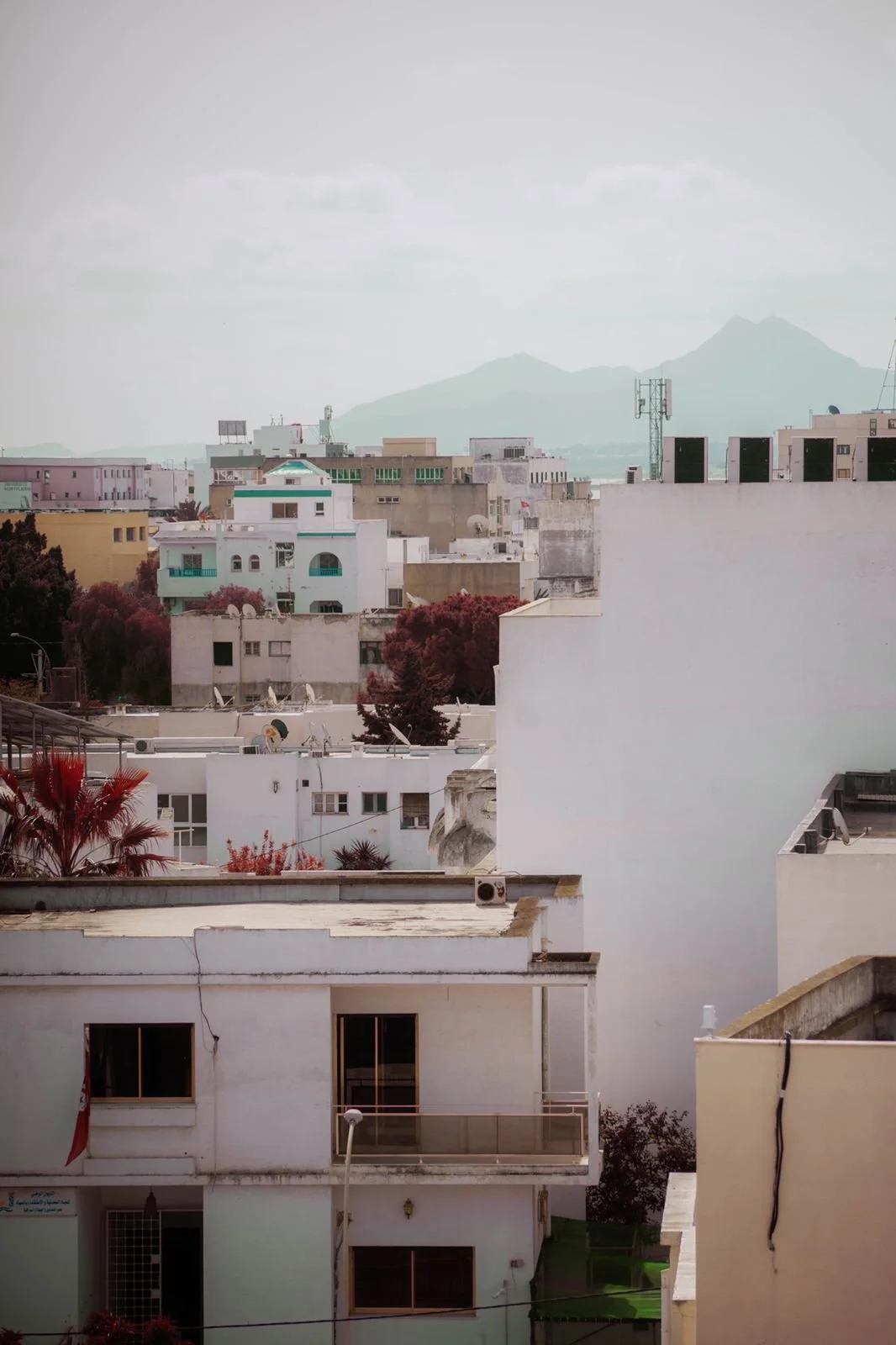"Guide to Public Transportation in Tunisia" by Kayley Ronnkvist
In Grand Tunis
Bolt: Bolt is an equivalent of Uber where you are able to call a car through an app for a set price. Unlike Uber though, the cars that come are yellow taxis. Bolt is convenient as you don’t have to wait for transport, particularly during busier hours, but can be expensive.
In-Driver: In-Driver is like Bolt except you negotiate the price with the driver which typically means cheaper rides. Negotiating can require higher French/Arabic proficiency levels, and foreigners are likely to have to pay more, so it can be good to search the Bolt price first to have a basis for the price.
Taxi: Taxis are plentiful across Grand Tunis, but during rush hours they can be hard to find. They are typically much cheaper than Bolt with a base price of 0.540 TND. Something to note is that between 9pm and 6am the price doubles.
TCV (transport commun des Voyageur): A private bus line with comfortable seats that has routes across the city, stopping a 10 minute walk from Amideast. It’s far cheaper than a taxi but more expensive than a public bus.
TGM (Tunis-Goulette-Marsa): a train that is one of the cheapest ways to get from downtown Tunis to La Goulette, Carthage, Sidi Bou Saïd and La Marsa, home to several nice beaches. The route goes across the lake of Tunis which makes for a scenic ride of typically 15-30 minutes. The downtown station is about a 30 minute walk from Amideast.
Taxi Jama3i: large yellow vans that operate as communal taxis, running across Grand Tunis. They are fast and more affordable than taxis, though known to be prone to accidents.
Metro Leger: The affordable tram network across Tunis with 6 main routes and a fare of less than 0.5 TND. It is often crowded and times are inconsistent, though the routes are relatively easy to navigate.
Public Bus: The other most affordable option, though often extremely crowded and again, inconsistent. The main stations are at Habib Thameur, Ali Belhouane, Tunis marine, and Barcelone.
Outside of Grand Tunis
Louage: Similar to taxi jama3i, Louages are large white vans that run affordable lines across the country, going to most major cities. There is a large station at Moncef Bey.
Tunisian Railways (SNCFT): SNCFT has several train lines that run between Tunisia’s biggest cities, and leaves from a large station in Barcelone. It’s a fairly comfortable and the most affordable option to get out of Tunis for a weekend or day-trip to cities including Bizerte, Sfax, El Jem, Tozeur, Gafsa, Sousse, Nabeul, Hammamet, El Kef, Djerba, and Gabes, Monastir, and Mahdia.
Plane: An expensive but convienient way to travel large distances in Tunisia. Tunisair flies from Tunis to Djerba, Sfax, Gabes, Tabarka, Monastir, Tripoli, and even Malta.
If you’re interested in studying abroad in Tunisia, you can apply for Amideast Education Abroad’s Action Amideast - Social Innovation in Tunisia summer program. If you are a student at a two-year institution, you can apply for the CASE: Community, Activism, and Social Entrepreurship program which is fully funded.






